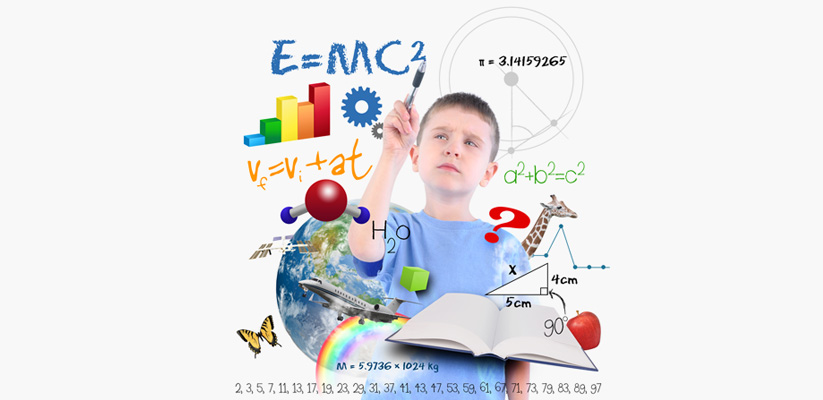The New English National Curriculum
For many parents throughout the world, the ability to send their child to a ‘British curriculum’ school is of great importance.
What many people may not realise, however, is that the English National Curriculum has recently undergone some fairly major changes in the UK and that, while many schools promote that they are a British curriculum school, this may not necessarily mean that what is delivered to children is actually the current syllabus as prescribed by United Kingdom statutory authorities.
In 2013, the UK government announced plans for a major overhaul of the national curriculum, with a stated aim of ‘raising standards’ (particularly as the UK is slipping down international assessment league tables). Inspired by successful school systems such as those in Finland, Hong Kong and Singapore, the changes were driven by a desire to produce well-educated, creative and productive students.
The content of the new curriculum is actually slimmer than the previous version, but provides greater challenge, focusing on essential core subject knowledge and skills such as computer programming and essay writing. Interestingly, the changes in the English National Curriculum are similar in nature to those that were implemented in Scotland and Wales several years earlier.
For most primary children, the changes came into effect after September 2014, but for children in years 2 and 6, previous programmes of study remained in place until September 2015.
What Are the Main Changes?
Importantly, the new curriculum has raised the bar in terms of student achievement and expectations. In English, for example, there is now a stronger emphasis on vocabulary development, grammar, punctuation and spelling (and all at a younger level). Spoken English now receives a greater emphasis, with children being taught debating and presenting skills.
In mathematics, five-year-olds are expected to count to 100, simple fractions will be taught from Key Stage One, and by the end of primary school, children are expected to be able to convert decimal fractions to simple fractions. By the age of nine, children are now required to have learned their times tables up to 12×12.
In science, the focus has shifted onto skills and knowledge for younger children, and evolution is now taught in Year 6.
Technology and computing are now key aspects of the new curriculum, with a strong emphasis on programming, computer networking (from age seven) and greater use of design equipment. This is aimed at ensuring learners gain skills early to allow them to become shapers rather than just consumers of new, integrated technologies.
Children are now expected to be able to master basic grammar, to converse and to present, read and write in a modern foreign language.

